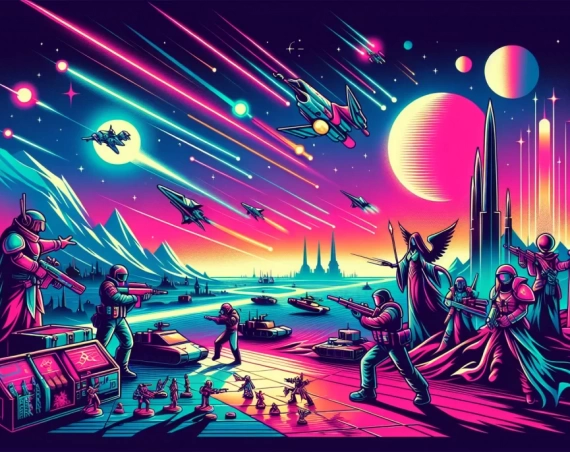
Clair Obscur: Expedition 33’s Success Linked to Modest AAA Scope and Budget
Clair Obscur: Expedition 33, a critically acclaimed turn-based RPG, has captured the attention of gamers and industry professionals alike—not through massive budgets or expansive scope, but through focused, purposeful game design. Sandfall Interactive, the studio behind the RPG, reveals that its modest AAA-sized scope and budget may have been a crucial factor in delivering a compelling and engaging player experience.
Small Scope, Big Impact: The Philosophy Behind Game Design
In an insightful interview with Automaton, creative director Guillaume Broche emphasized the benefits of working within limitations. He explained that the team deliberately resisted the urge to expand the game unnecessarily, despite the potential for increased resources.
“I don’t think we would have wanted to radically add unnecessary content or change the overall scope of our game,” Broche said. “Respecting players’ time by not artificially padding out gameplay was key.”
This approach counters a common trend in AAA game development where projects often balloon in size and duration, sometimes leading to less engaging experiences. By narrowing the focus, Sandfall distilled the game to its essential elements, creating a tight, rewarding RPG.
Why Not More Is Sometimes Better
- Enhanced Player Engagement: A focused scope avoids filler content that can dilute enjoyment.
- Efficient Resource Use: Smaller teams can concentrate efforts to polish core gameplay mechanics.
- Respect for Player Time: Players benefit from a game that delivers meaningful content without unnecessary padding.
Broche further noted that an “unlimited” budget might have tempted the team to add superfluous features, potentially making the experience less cohesive and engaging.
Industry Experts Affirm the ‘Right Size’ Model
Industry veterans echo the sentiment that balanced budgets and scope produce quality games. Former PlayStation president Shuhei Yoshida praised Clair Obscur: Expedition 33 as the “perfect balance” between AAA ambition, AA budget, and an independent vision, highlighting the shifting landscape of RPG development.
Similarly, Jon Bellamy, CEO of Jagex (creators of RuneScape), remarked that successfully utilizing even a fraction of AAA game budgets—often cited around $400 million—can yield comparable results when executed with precision. He cited Clair Obscur as a prime example of this efficient model.
The Rising Wave of ‘AA-Class’ Games
As production costs for triple-A titles increasingly skyrocket, some developers are turning their focus toward the growing category of ‘AA-class games.’ These projects thrive on delivering rich content and immersive gameplay without the bloated budgets and team sizes characteristic of traditional AAA development.
According to industry analysis, the market for AA games has expanded significantly. A report by GamesIndustry.biz noted that indie and AA titles now account for nearly 30% of total game sales revenue globally, signaling a rising demand for well-crafted games with moderate budgets.
Outsourcing and Focused Development Drive Quality
Sandfall’s approach also included strategic outsourcing, which allowed the core development team to concentrate on the game’s essential aspects without being stretched thin. Former Dragon Age developer observations highlight how outsourcing can synergize efforts, enhancing overall game quality without expanding internal team sizes.
Ongoing Success and Future Potential
Clair Obscur: Expedition 33 continues to receive major updates that include new locations and content, demonstrating the sustained commitment of its developers to deliver value and engage their audience meaningfully.
With over five million copies sold, the game’s success proves that a moderately sized scope combined with focused design philosophy can compete strongly in today’s competitive RPG market.
Conclusion: Quality Over Quantity in RPG Development
The story of Clair Obscur: Expedition 33 underscores a valuable lesson for RPG developers and the broader gaming industry: Bigger budgets and scopes do not necessarily translate to better games. Instead, respecting player time, focusing development resources, and avoiding unnecessary content padding can create an equally—if not more—engaging experience.
This philosophy aligns with a growing industry trend toward sustainable, quality-driven game development, where the balance between ambition, budget, and vision defines success.


